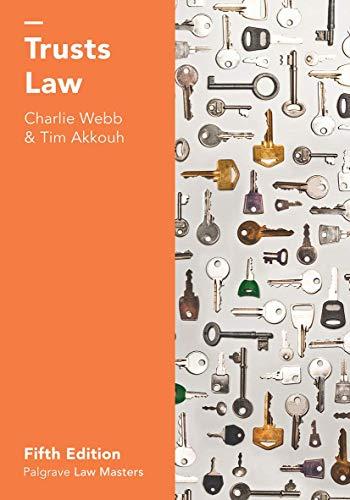Answered step by step
Verified Expert Solution
Question
1 Approved Answer
Use these links to answer the questions below: https://www.thecanadianencyclopedia.ca/en/article/sioui-case https://www.parl.ns.ca/lobster/nativerights.htm https://www.thecanadianencyclopedia.ca/en/article/sparrow-case https://www.thecanadianencyclopedia.ca/en/article/calder-case There are two essential terms to understand when dealing with the interpretation of
Use these links to answer the questions below:
https://www.thecanadianencyclopedia.ca/en/article/sioui-case
https://www.parl.ns.ca/lobster/nativerights.htm
https://www.thecanadianencyclopedia.ca/en/article/sparrow-case
https://www.thecanadianencyclopedia.ca/en/article/calder-case
- There are two essential terms to understand when dealing with the interpretation of Aboriginal and treaty rights. These are USUFRUCTUARY RIGHT and FIDUCIARY OBLIGATIONS. Using a dictionary (Internet or text), define these terms, and give an example for each. (6)
- There are four crucial court cases that you need to deal with when understanding Aboriginal and treaty rights: (10 for each case summary 40 marks total)
- The Calder case
- The Sparrow case
- The Sioui Case
- The Marshall Case
Given the above cases answer the following questions for each case:
- Why was each individual charged in his or her respective case?
- Explain the reasons for the court's decisions in each case.
- What effect did each case have on Aboriginal and Treaty rights?
Step by Step Solution
There are 3 Steps involved in it
Step: 1

Get Instant Access to Expert-Tailored Solutions
See step-by-step solutions with expert insights and AI powered tools for academic success
Step: 2

Step: 3

Ace Your Homework with AI
Get the answers you need in no time with our AI-driven, step-by-step assistance
Get Started


